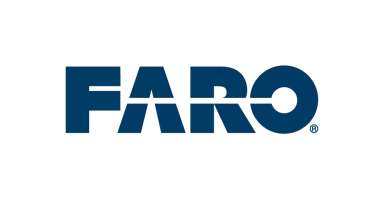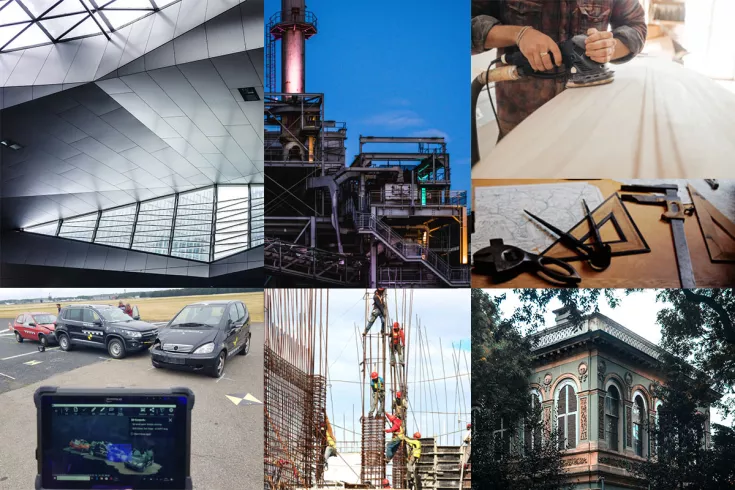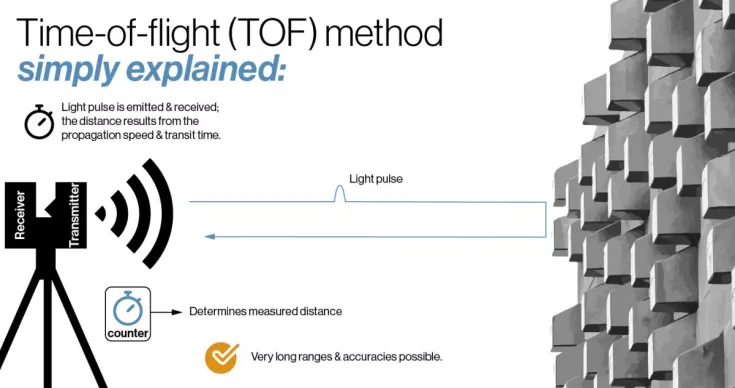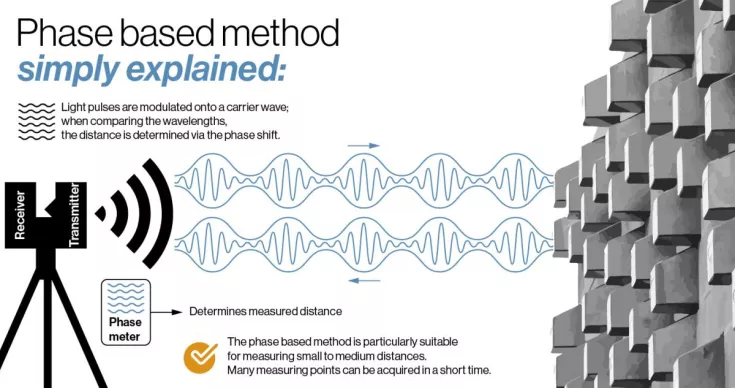Terrestrial Laser Scanners
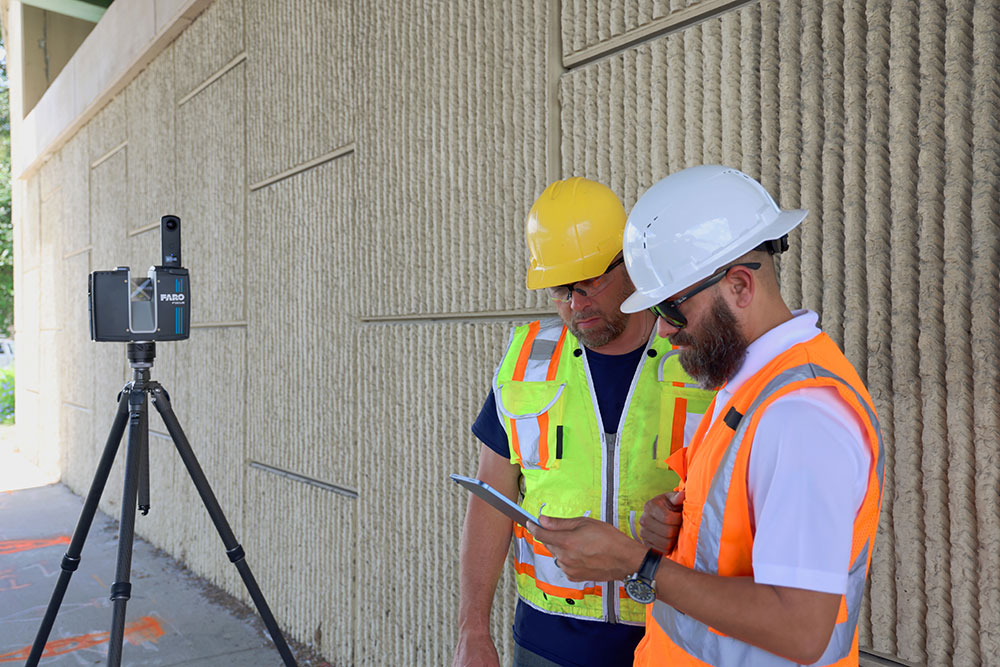
TitleHow terrestrial laser scanners optimize your processes
Laser scanners are used for fast, non-contact and complete capture of complex geometries. This new technology is increasingly replacing traditional measurement methods. The hardware of the various 3D laser scanners and the physical operating principle of the laser scanning systems on the market are decisive for the areas of application.
TitleWhat areas of application do exist?
More and more industries are discovering the benefits of laser scanning. Typical areas of application are
- Architecture & BIM
- Plant design
- Heritage
- Craft
- Structural & civil engineering
- Forensics
- Surveying
3D laser scanning is frequently used by architects and timber construction customers in combination with SEMA, Pytha, Vectorworks, Allplan, ArchiCAD and Revit, for example. Engineering offices for plant design often work with Plant3D, MicroStation and SolidWorks. Surveying offices and structural and civil engineering firms often use AutoCAD and GeoGraf. Public safety and forensics are currently a constantly growing field.
TitleHow laser scanners work
Laser scanners are non-contact measuring systems that work on the basis of laser light. The laser scanner sensor emits a laser beam, which is reflected by the environment and picked up again by the receiving optics of the laser scanner. There are two measuring methods used in the devices: the time-of-flight (TOF) method and the phase based method. Laser scanners are therefore divided into the groups of TOF and phase based laser scanners. Systems with combined procedures are also represented on the market. Each method has special advantages that predestine it for certain applications.
TitleTime-of-flight (TOF) method
In the Time-of-Flight (TOF) method, measurement pulses are modeled on a carrier wave and the time between transmission and reception is measured by the laser scanner. The distance can be derived from the runtime.
The advantages of the TOF method are the long ranges and the greater eye safety of these laser scanners.
TitlePhase based method
In the phase based method (Amplitude modulated continuous wave (AMCW)), waves emitted by the laser scanner with different wavelengths are compared with each other and the displacement is determined via the phase shift.
The advantages of the phase based method are the very high measurement speed, the higher accuracy and the resolution. The method is particularly suitable for the detection of complex contiguous geometries with limited range.
TitleColored point clouds
In addition, colored laser scanner images can also be taken. For this purpose, images are created by an internal or external camera and calculated on the point cloud generated by the scanner. In the process, color information (RGB) is assigned to each measured point, which is spatially defined by x, y, and z. The quality of the results depends on the acquisition configuration and the camera calibration. For laser scanners with an external camera, the acquisition centers of the camera and the laser scanner are not identical. This deviation must be corrected mechanically or by calculation. Other laser scanners have the camera built into the beam path of the laser.
TitleSample project
Scanning of a villa in the canton of Ticino for a rehabilitation concept & a virtual tour
Some time ago, we had a special scanning training in wonderful late summer weather in beautiful Ticino (Switzerland).
Mr. Tobias Jörn of homebase2 GmbH from Zurich/Hanover had commissioned us with the three-day training. The goal was to three-dimensionally capture a stately villa from the early 20th century and the surrounding magnificent garden.
